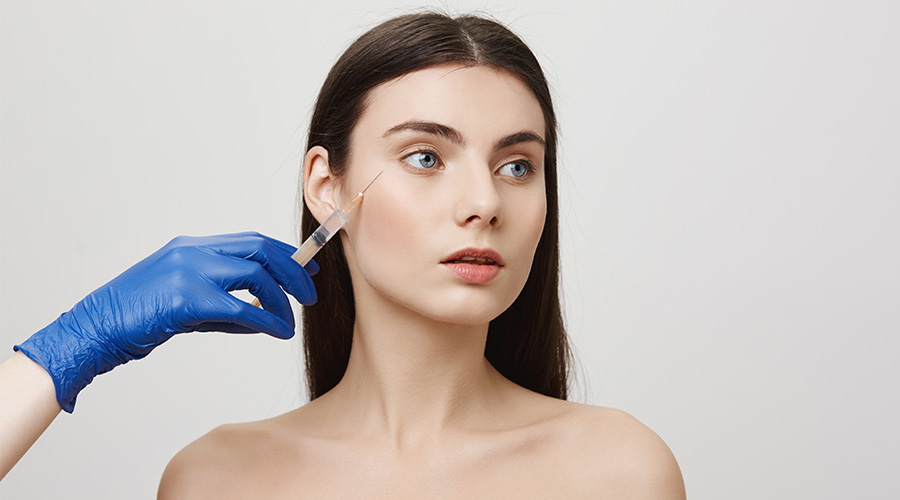
You may or may not have come across the term medical aesthetics, but you have definitely come across a service or product that it entails. The beauty industry is an old and flourishing one, and medical aesthetics has brought about a revolution like never before. Today the global medical aesthetics industry stands at 9.4 billion, and, with a cumulative growth rate of 10%, it is expected to reach 15.9 billion by 2025.
What is Medical Aesthetics?
In the simplest terms, the industry deals with treatments that are aimed at improving the cosmetic appearance of people. They lie between the regular beauty treatments provided in salons but are not as harsh and intrusive as cosmetic surgeries. With the ills of in intrusive cosmetic treatments like rhinoplasty, breast augmentation etc., coming out in the open light, people are increasingly subscribing to these seemingly healthier ways of maintaining youth and beauty. The field is new, exciting and promising, inviting more youth than adult population looking for anti-aging solutions.
Surprisingly it is the younger generation more inclined towards these treatments as compared to those belonging to the age group where signs of aging begin to show. Of the most popular treatments include chemical peels to improve skin tone and texture, microdermabrasion to remove signs of aging and rejuvenation, laser hair removal, dermal fillers for plumper skin and Botox injections that have gained immense popularity over the last couple of years.
How harmful or otherwise are these products?
Although these procedures are designed to be minimally intrusive, they do cause significant adverse effect to your health.
Even the safest and most popularly used of these treatments, chemical peels can lead to permanent depigmentation, especially in the case of darker skin types if exposed for long. Mesotherapy, growing in demand lacks scientific research and the lack of standardised procedures leads to undocumented side effects like necrosis. Botox also reports cases of ecchymosis (rashes) and edema (swelling), though they can be prevented with better procedures and user experience. Dermal fillers have lesser side-effects, most avoidable through proper hygiene and patient selection. They too have reported minor issues like granuloma. These are however short-term consequences.
The research and data on long-term effects are limited but show some serious implications for people with a history of repeated use. Those who take regular Botox injections develop symptoms of drooping eyelids, difficulty in swallowing, general weakness, blurred vision, heart palpitations to name a few.
Ways of mindful usage:
There are a few things to keep in mind before you sign up for any of these beauty treatments:
- An experienced doctor/practitioner licensed and trained in administering treatments as inexperienced individuals, especially from the beauty industry are finding an easy passage into an industry that requires medical knowledge.
- Your own medical history and whether or not you’re allergic to the chemicals and ingredients used. The patient should ideally undergo tests to know of their body would be compatible with the treatment.
- Maintenance of hygiene and post-treatment care as most after-effects can be avoided by maintaining proper hygiene.
- Avoid repetitive usage within a short span of time. People who have undergone long term treatments show bad effects in the long run.
- Look out for warning signs after treatment and take the required medical care. Do not ignore signs that do not look “threatening enough”.
To conclude, the medical aesthetics industry is thriving on limited research and data to back up their safety claims in the long run. Though highly effective in the short run, one has to be careful with their usage as the industry is new, unsupervised, lacks proper courses to train people and a ground for illegal work as well. While it may take a while for these issues to be fixed, one can always be precautious and do their part of the research before subjecting themselves to chemicals and toxins that may be life-threatening.





































